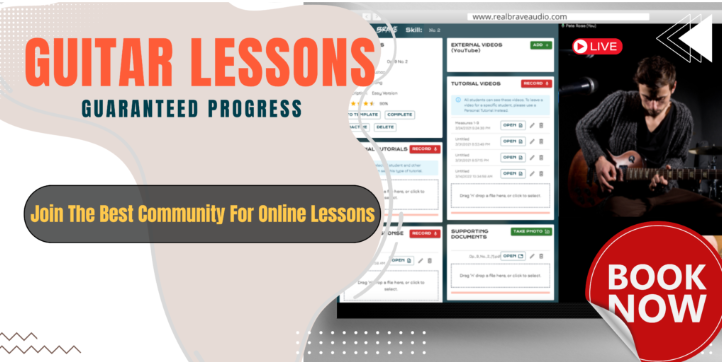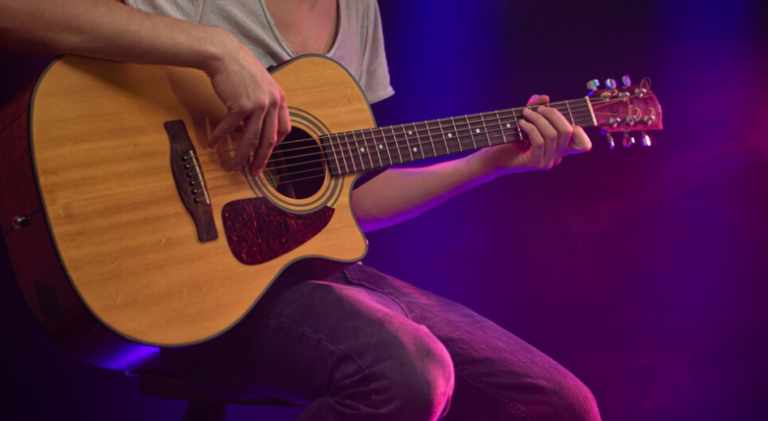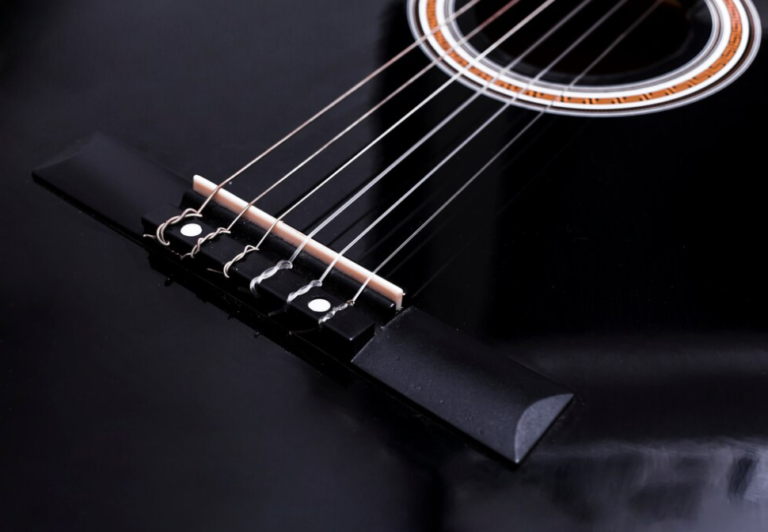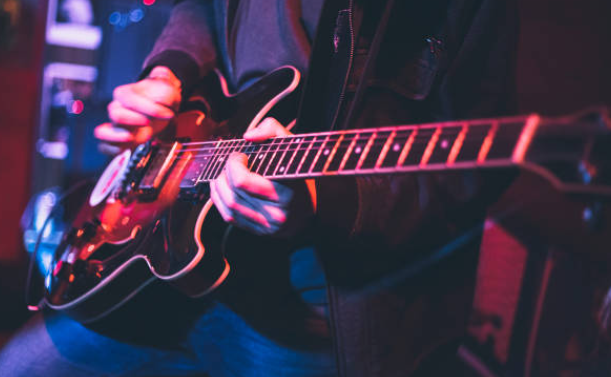5 Essentials of Tabs and Chord Charts – Super Easy!
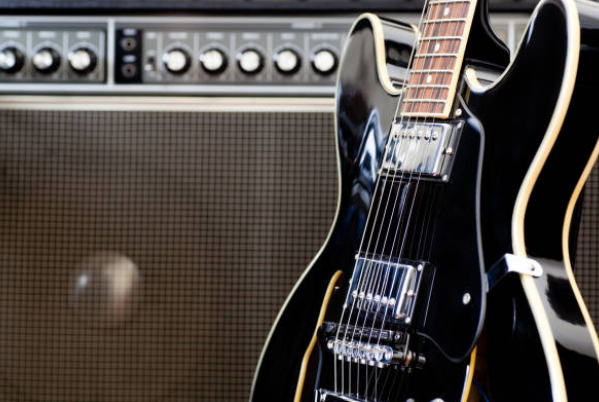
Learning to play the guitar without reading traditional sheet music might sound like a tall order, but it’s not only possible—it’s how millions of guitarists around the world learn. From rock legends to bedroom strummers, many guitarists rely on two simple tools: tabs and chord charts. These user-friendly methods can help you pick up songs quickly and play confidently without learning to read standard notation. Let’s dive into how these tools work and how you can use them to unleash your inner musician.
Traditional Music Reading
Reading traditional sheet music is a valuable skill and as a professional musician you must learn to do it, but it’s not essential for playing guitar. Guitar music often focuses on patterns, shapes, and positions unlike classical instruments. Tabs and chord charts simplify the process, offering a straightforward way to understand where to place your fingers and how to produce the sounds you want.
For beginners, the traditional music notation system can feel overwhelming. Learning tabs and chord charts allows you to start playing immediately, which is often more rewarding and motivating.
What Are Guitar Tabs?
Guitar tablature, or tabs for short, is a visual representation of the guitar’s fretboard. Instead of using notes on a staff, tabs show:
- Strings: Represented by six horizontal lines (the top line is the high E string, and the bottom line is the low E string).
- Frets: Numbers placed on these lines tell you which fret to press down.
Here’s an example of a simple tab:
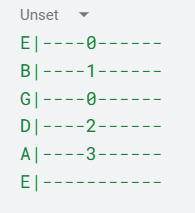
This tab represents a C major chord. You press the indicated frets on the respective strings and strum.
How to Read Tabs
- Strings and Numbers: Identify which string and fret the numbers refer to.
- Timing and Rhythm: While tabs don’t indicate rhythm as clearly as sheet music, they often come with hints like spacing or additional notation.
- Techniques: Symbols like “h” for hammer-ons, “p” for pull-offs, and “b” for bends can indicate techniques to use.
Tabs are particularly useful for learning riffs, solos, and fingerpicking patterns.
What Are Chord Charts?
Chord charts focus on the big picture: strumming full chords to accompany songs. A chord chart typically looks like a grid:
- Vertical lines: Represent strings.
- Horizontal lines: Represent frets.
- Dots: Indicate where to place your fingers.
- Numbers: Show which fingers to use (1 = index, 2 = middle, 3 = ring, 4 = pinky).
For example, a G major chord might look like this:

How to Use Chord Charts
- Start with Basic Chords: Common open chords like C, G, D, E, and A are a great starting point.
- Practice Transitions: Work on smoothly changing between chords to keep your rhythm steady.
- Strumming Patterns: Experiment with different strumming techniques to add variety.
Why Tabs and Chord Charts Work
- Simplicity: They’re intuitive and easy to understand.
- Accessibility: You can find tabs and chord charts for nearly every song online.
- Focus on Playing: These tools minimize theory and maximize playability, letting you dive into music right away.
Tips for Success
1. Start Small
Begin with simple songs that use basic chords or short riffs. Familiar songs are a great way to practice.
2. Use a Metronome
Keeping time is essential, whether you’re strumming chords or playing a melody. A metronome can help you stay consistent.
3. Combine Both Methods
Use chord charts for rhythm playing and tabs for lead parts. Together, they offer a complete toolkit for tackling songs.
4. Play Along with Recordings
This helps you match the rhythm and feel of the song, making your playing more dynamic and accurate.
5. Experiment with Finger Placement
If a chord or riff feels awkward, try adjusting your hand position. Comfort is key to smooth playing.
When to Learn Traditional Music Reading
While tabs and chord charts are powerful tools, learning traditional notation can be beneficial for:
- Classical Guitar: Traditional sheet music is often required.
- Advanced Theory: Understanding complex musical concepts can be easier with standard notation.
- Versatility: Reading music opens up opportunities to collaborate with musicians who rely on sheet music.
Final Thoughts
You don’t need to read traditional music to start playing guitar. Tabs and chord charts provide a fast, effective, and fun way to learn, whether you’re strumming chords around a campfire or shredding your favorite rock solo. With these tools, you can focus on what matters most: making music and enjoying the journey.
So grab your guitar, find a song you love, and let the tabs and chord charts guide you—no sheet music required!
Interested in taking your guitar skills to the next level? Click the below and book a free lesson with us! We’re committed to helping you express yourself freely on the guitar without endless scales and theory. Happy playing!
Author: Daniel Powers Jr, the founder of Real Brave™, serves as the chief inspiration to thousands of students in the Real Brave music instruction program. He’s also the visionary behind PracticePad™, an online platform for live one-on-one online music lessons, lesson tracking, and scheduling. Beyond his entrepreneurial pursuits, Daniel leads a non-profit organization that provides formerly homeless children with access to music education, making a profound impact on their lives. His unwavering dedication to music, innovation, and education continues to inspire individuals to reach their fullest potential while creating positive change in communities. Follow Real Brave on all the socials:
youtube.com/@realbraveinc
twitter.com/realbraveinc
https://www.tiktok.com/@realbraveinc
instagram.com/realbraveaudio
facebook.com/realbraveinc
